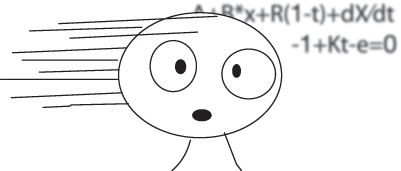CHAPTER 9Market Volatility in the Age of Fintech
- —Why does a risk control bot have a reputation as a terminator?
- —It terminates trading bots.
Minimizing volatility is important to investment managers focused on capital preservation. After all, lower volatility helps protect capital and improve the key portfolio performance metric, the Sharpe ratio. This ratio, average annualized return divided by annualized volatility, becomes acceptable in the 1.8 range. The higher the Sharpe ratio, the better, and the sky is the limit. Some high‐frequency trading funds produce Sharpe ratios as high as 20. Even very small positive returns can produce large Sharpe ratios that attract investors, but only if the volatility of the portfolio is tiny.
Volatility can also be considered a stand‐alone phenomenon, something most investors seek to limit. Indeed, investors often talk about minimizing their “exposure” to the markets for individual asset classes, sectors, and across financial instruments in their portfolios (correlation exposure or dispersion exposure). Such volatility‐related exposure management is topical across the entire fintech spectrum. Cross‐border payment companies need to limit their exposure to exchange rate fluctuations. Real‐time insurance outfits need to engage volatility stabilizers to protect their assets against the same shocks as those that may affect their clients.

Get Real-Time Risk now with the O’Reilly learning platform.
O’Reilly members experience books, live events, courses curated by job role, and more from O’Reilly and nearly 200 top publishers.

